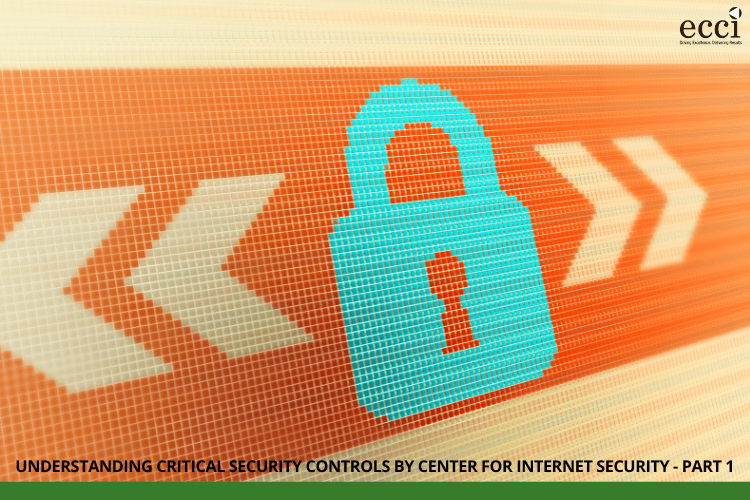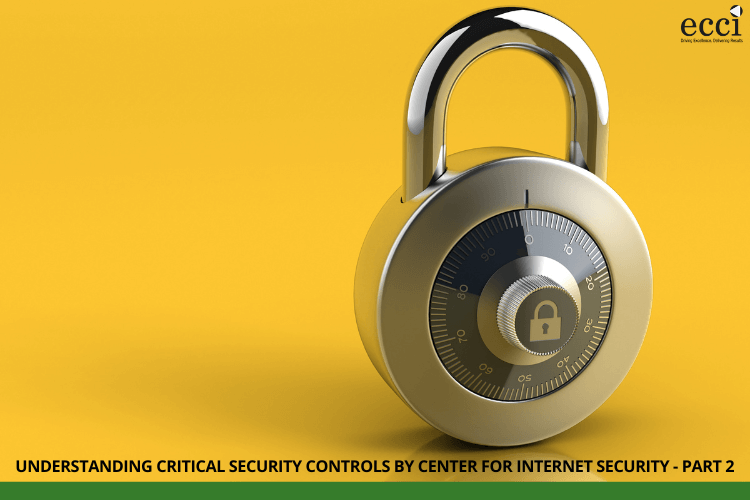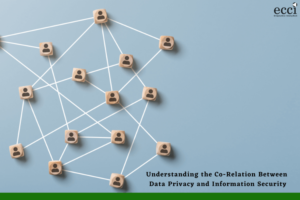For the evolving world of cybersecurity, the Center for Internet Security (CIS) stands as a beacon of defense, providing organizations with a robust framework – the CIS Critical Security Controls. These controls, organized into 18 essential elements, guide entities in fortifying their cyber defenses against prevalent threats.
In this blog post, we’ll embark on a journey to understand the significance of these controls, their evolution, and how they contribute to enhancing your cyber defense strategy.
What are CIS Critical Security Controls
Let’s start by addressing some fundamental questions about the CIS Critical Security Controls, commonly known as CIS Controls. These controls represent a recommended set of actions for cyber defense, offering specific and actionable ways to thwart the most pervasive attacks. Created by an international consortium in 2008, these controls have evolved over the years, with updates driven by a community of experts from various sectors.
But why 18 controls? There’s no magic number, but these controls have been collectively agreed upon by highly knowledgeable practitioners as actions that stop the vast majority of today’s cyber threats. The emphasis is on prioritization, providing organizations with a starting point for their defenses and directing resources to actions with immediate and high-value payoff.
Importantly, the CIS Controls are not meant to replace existing regulatory, compliance, or authorization schemes. Instead, they complement major frameworks like the NIST Cybersecurity Framework, NIST 800-53, ISO 27000 series, and regulations such as PCI DSS, HIPAA, NERC CIP, and FISMA. The relationship with the NIST Cybersecurity Framework is particularly noteworthy, with the CIS Controls being recognized as an “informative reference.”
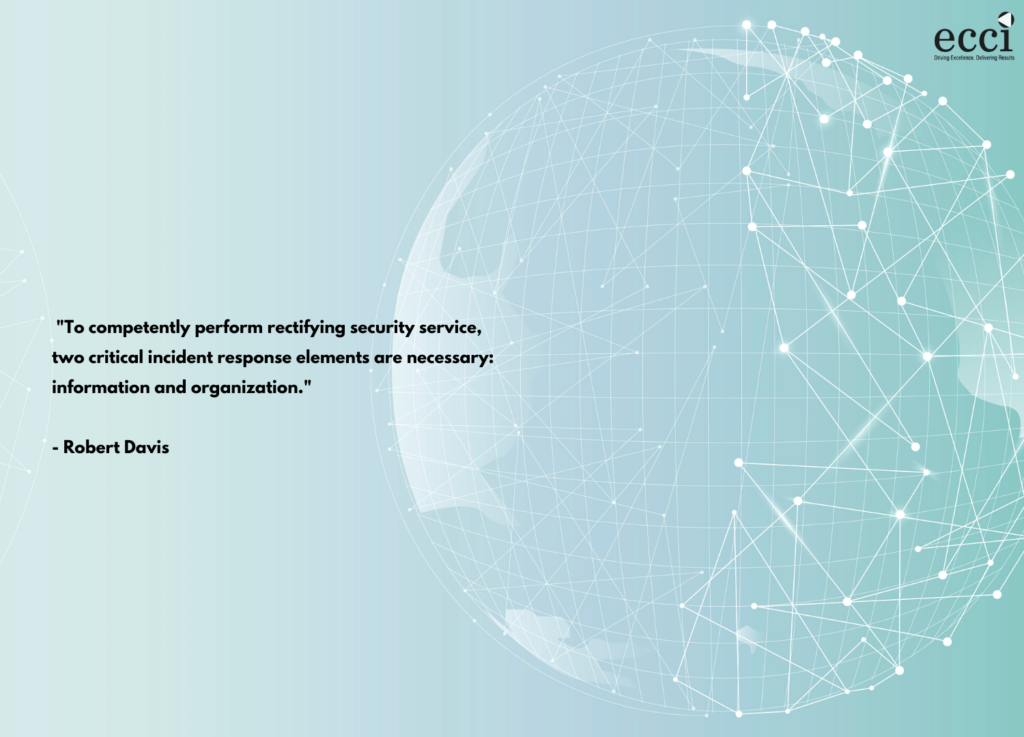
The Value of CIS Controls
CIS Controls at a Glance: Prioritization, Risk Reduction, Standardization, Measurable Progress
The 18 CIS Critical Security Controls provide a structured approach to enhance security posture. Here’s why they are invaluable for your organization:
Prioritization: Focus your efforts on critical security measures.
Risk Reduction: Mitigate exposure to a range of cyber threats.
Standardization: Establish a common language for security across sectors.
Measurable Progress: Gauge security maturity, identify gaps, and prioritize improvements.
A Deep Dive into CIS Controls: Enhancing Cyber Defense
1) Inventory and Control of Enterprise Assets
This control emphasizes keeping track of all devices and software, maintaining an up-to-date inventory, and identifying unauthorized assets. By managing assets effectively, organizations can safeguard critical data and allocate resources strategically.
2) Inventory and Control of Software Assets
Effective management of software assets prevents the execution of unauthorized software, reducing security risks. A comprehensive inventory ensures system safety, and regular updates and patches fortify the organization against potential vulnerabilities.
3) Data Protection
With data transcending organizational boundaries, data protection becomes paramount. Implementing encryption during data transmission and storage safeguards against breaches, aligning with regulatory requirements for controlled data.
4) Secure Configuration of Enterprise Assets and Software
Default settings often prioritize user-friendliness over security. This control advocates for secure configurations, reducing vulnerabilities and defending against attacks exploiting default states.
5) Account Management
Unauthorized access is often facilitated by valid user credentials. Managing user access, password policies, and account activity ensures only authorized individuals can access systems or data based on their roles.
6) Access Control Management
Limiting access to critical systems and sensitive data based on the principle of least privilege is the focus here. Multi-Factor Authentication (MFA) and Privileged Access Management (PAM) add layers of security to control access effectively.
7) Continuous Vulnerability Management
Regularly assessing and addressing vulnerabilities is essential for cyber defenders. Timely updates, patches, and scanning internal and external assets for potential vulnerabilities contribute to effective risk mitigation.
8) Audit Log Management
Detailed logs of activities and events within systems and networks provide essential insights. Analyzing audit logs detects suspicious activities, identifies security incidents, and enables prompt responses to mitigate their impact.
9) Email and Web Browser Protections
As prime targets for malicious software and social engineering, email and web browsers require robust protection. Filtering and blocking harmful websites, enforcing URL filters, and enhancing email security help prevent phishing attacks and malware infections.
10) Malware Defenses
Malicious software poses a significant threat, infiltrating organizations through various entry points. Implementing malware defenses across all assets helps identify, prevent, or manage the presence of harmful applications or code.
11) Data Recovery
Attackers often manipulate settings and install unauthorized software. This control emphasizes having up-to-date backups to restore systems and data to a known, trusted state, a critical aspect of any disaster recovery plan.
12) Network Infrastructure Management
A secure network infrastructure is vital to thwart attackers exploiting vulnerabilities. Recommendations include maintaining current networks, establishing secure configurations, and managing network devices securely.
13) Network Monitoring and Defense
Continuous monitoring of network traffic, identification of suspicious activities, and prompt response measures are pivotal for effective cybersecurity. Centralized alerting systems and access control at the port level contribute to robust network defense.
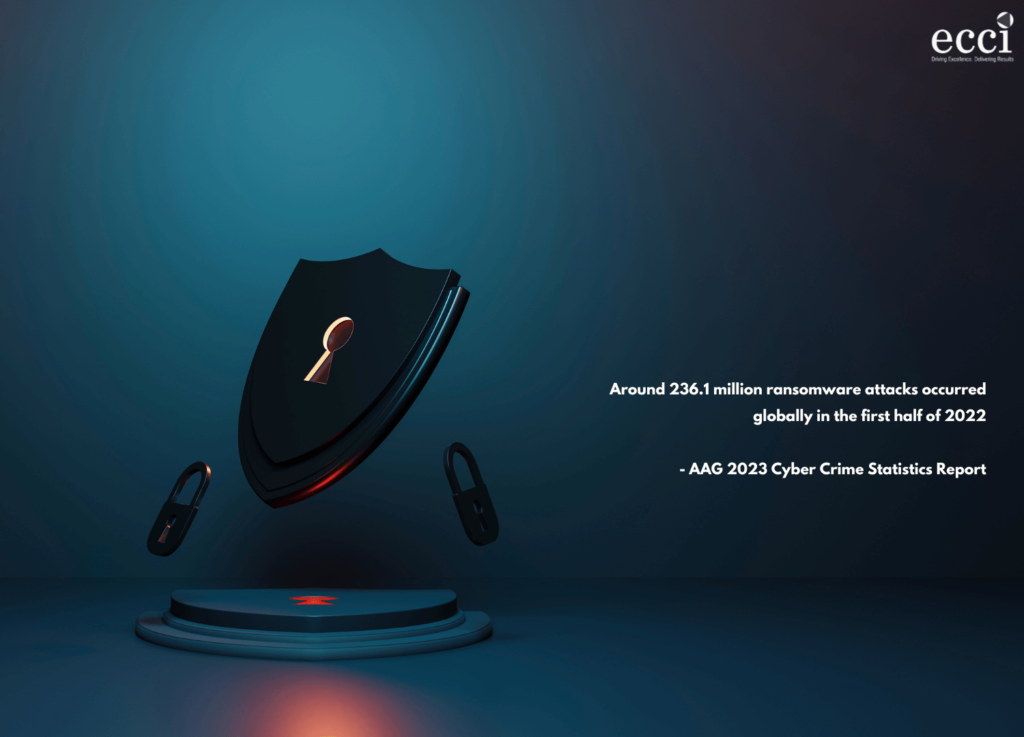
14) Security Awareness and Skills Training
User actions significantly impact an organization’s security. Establishing a security awareness program enhances a security-conscious mindset, reducing cybersecurity risks. Training employees on social engineering, authentication best practices, and incident reporting bolsters overall security.
15) Service Provider Management
Third-party breaches can have severe consequences. Managing and monitoring service providers’ security practices, categorizing them, including security requirements in contracts, and regular evaluations ensure a secure partnership.
16) Application Software Security
Applications are a common target for attackers. Secure coding practices, identification and addressing of software vulnerabilities, and training developers on application security concepts enhance the security of custom-developed software.
17) Incident Response Management
Developing and implementing an incident response plan is crucial for addressing and mitigating security incidents. Effective communication, role-specific training, and regular incident response practice contribute to a robust incident management program.
18) Penetration Testing
A well-rounded defense involves regularly testing security measures. Penetration testing identifies and exploits vulnerabilities, evaluating the resilience of assets against potential attacks, ensuring a proactive security approach.
Summing Up
Implementing CIS Controls establishes a strong defense against cyber attacks, protects sensitive data, and ensures operational continuity. Prioritizing these controls enables organizations to mitigate risks, detect vulnerabilities, and respond promptly to incidents. In the realm of cybersecurity, the CIS Critical Security Controls serve as a comprehensive guide, empowering organizations to navigate the complex landscape securely. Stay secure, stay informed!
CIS Critical Security Controls and Implementation Groups
Understanding that one size does not fit all, the CIS Controls accommodate different implementation groups. This flexibility allows organizations to tailor their security measures based on specific needs, ensuring a more effective and targeted defense strategy.
Resources and Tools
CIS provides a wealth of resources and tools to support the implementation of their Critical Security Controls. The download link offers free access to the controls, emphasizing the community’s collaborative spirit. The CIS WorkBench serves as a hub for like-minded individuals to share insights and experiences.
Two notable tools in the CIS arsenal are the CIS Controls Assessment Module and the CIS Controls Self-Assessment Tool. These tools enable organizations to assess their implementation of the controls, providing valuable insights for improvement.
ECCI offers tailored solutions, including assessments, policy development, training, and incident response, to bolster data privacy and information security. Our experts can also ensure regulatory compliance. Need tailored solutions? Contact us today for a conversation on how we can customize strategies to suit your unique needs and goals. Your journey toward lasting success begins here.
In conclusion, the CIS Critical Security Controls provide a robust foundation for organizations seeking to bolster their cyber defenses. With a community-driven approach, real-world success stories, and a suite of resources and tools, the CIS Controls stand as a beacon of cybersecurity excellence. Embrace these controls, tailor them to your specific needs, and join the global community committed to fortifying digital landscapes against evolving cyber threats.

